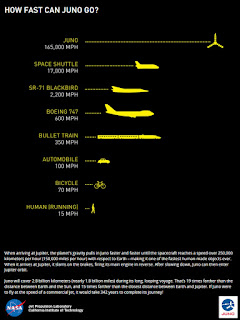Neil Roach, a researcher at George Washington University, explains that the ability for the muscles and tendons in the shoulder to store energy is the result of three main evolutionary changes in humans' upper bodies. "The expansion of the waist, a lower positioning of the shoulders on the torso, and the twisting of the humerus," were the three changes that appeared at the same time as our ancestors' shift toward more hunting, and less gathering/scavenging. Roach argues that throwing was incredibly important in our ancestors' development of hunting behavior.
Roach has used 3-D motion capture system, similar to our use of iPhone cameras and motion analytics in phys 111L, to track the motion of collegiate baseball players' arms as they throw. They analyzed the data using kinetics and attributing forces, and were able to estimate forces needed to create each certain motion at each certain joint. Roach and his colleagues found that humans store elastic energy in their shoulder as they "cock" their arms back to throw.
Assuming that energy is conserved among a human, his arm, and the ball he or she is throwing...
△KE=-△PE
KEf+ PEf = KE0 + PE0
Therefore...
the chemical potential energy in the humans' body is converted into kinetic energy, as he/she cocks back the ball in their hand. This kinetic energy is converted into spring potential energy, which is quickly converted into kinetic energy again, propelling the ball forward. All of the chemical energy used at the beginning of the process has been converted into kinetic energy of the ball (again, assuming that there are no non-conservative forces).
The velocity at which the ball with a known mass is thrown can be determined if that quantity of transferred energy is known, by plugging △KE and m, and letting V0 be 0 m/s, and solving for Vf in the equation...
△KE=(1/2)m(Vf^2 - V0^2)
Roach was the first research of his kind to link this throwing ability to evolutionary changes at the time of increased hunting in our ancestors.





